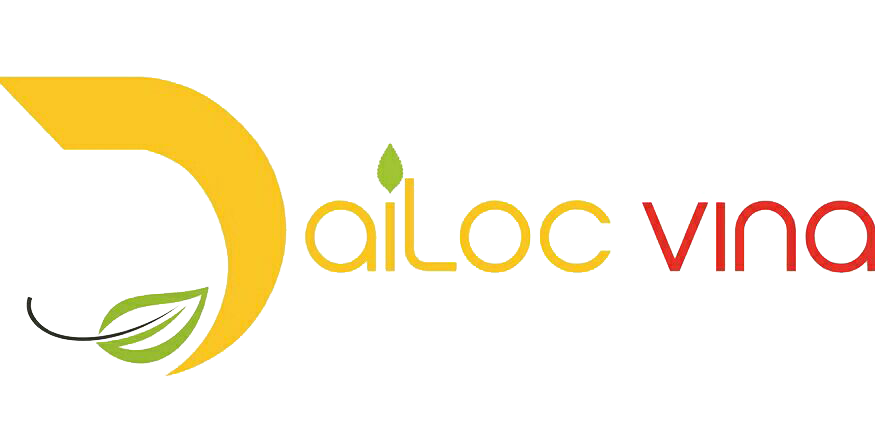News
TYPES OF COCO PEAT MIXED WITH PERLITE/COCO HUSK CHIPS/COIR FIBER
Coco peat, also known as coir pith or coir dust, is a byproduct of processing coconut husks. It is widely used in horticulture and agriculture due to its excellent water retention, aeration, and nutrient-holding capacity. Additionally, coco peat is environmentally friendly and sustainable as it is a renewable resource. It is biodegradable and can be easily composted after use, making it a popular choice for eco-conscious gardeners and farmers. Overall, coco peat is a versatile and beneficial growing medium that can improve soil structure and support healthy plant growth.

1. Coco Peat mixed with Perlite/ Coco Husk Chips/ Coir Fiber

2. The benefits of using coco peat mixed with perlite in gardening and plant cultivation
Coco peat mixed with perlite provides excellent aeration and drainage for plant roots while also retaining moisture, making it ideal for plants that require well-draining soil. The addition of perlite also helps to improve soil structure and prevent compaction, promoting healthier root growth and overall plant growth. Additionally, coco peat mixed with perlite is an environmentally friendly alternative to traditional peat moss, as it is a renewable resource that helps reduce the demand for peat extraction from fragile ecosystems. Overall, using a mixture of coco peat and perlite in gardening and plant cultivation can lead to healthier and more robust plants. The combination of these two materials creates a balanced environment for roots to thrive, leading to better nutrient uptake and overall plant health. By opting for this sustainable and effective alternative to peat moss, gardeners can contribute to the preservation of delicate ecosystems while also enjoying the benefits of improved soil quality and plant growth.
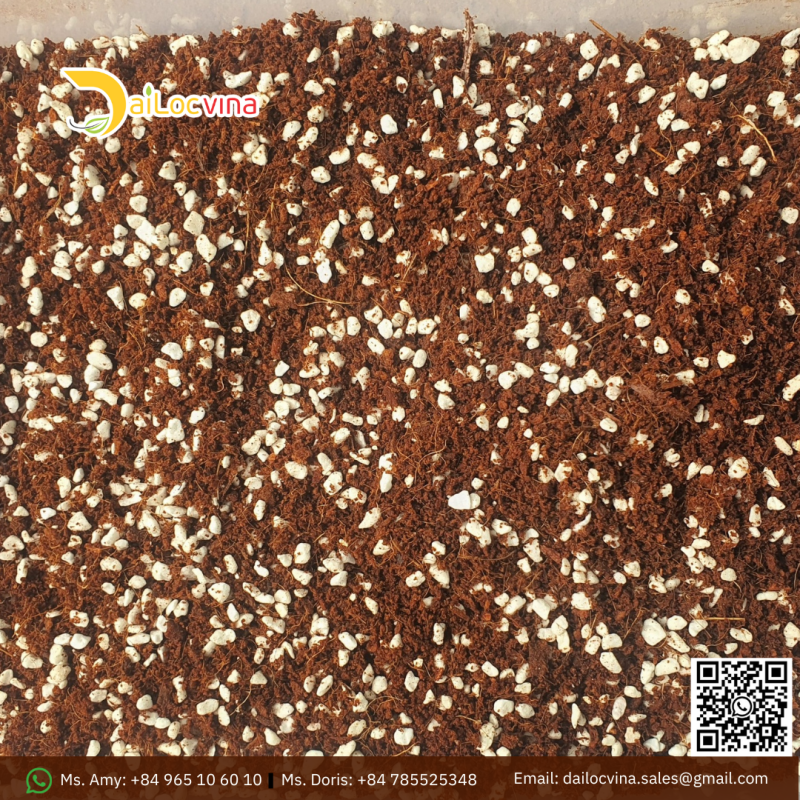
For example, using a mixture of coco peat and perlite in succulent gardening can help mimic the well-draining soil conditions these plants thrive in, leading to healthier roots and less risk of root rot. Additionally, by using these renewable resources, gardeners can reduce their carbon footprint and support sustainable practices in plant cultivation.
3. Different ratios and combinations of coco husk chips with coco peat for optimal soil structure and water retention
This can be achieved by experimenting with various ratios and combinations of coco husk chips and coco peat to create the perfect balance for optimal soil structure and water retention. The addition of coco husk chips can help improve aeration in the soil, prevent compaction, and enhance drainage, while the coco peat retains moisture and provides essential nutrients for plant growth. Finding the right mix for specific plant needs can result in healthier, more resilient plants that are better equipped to withstand environmental stressors and thrive in their growing environment. Experimenting with different combinations can lead to a deeper understanding of the benefits of using coco peat and coco husk chips in gardening and plant cultivation.
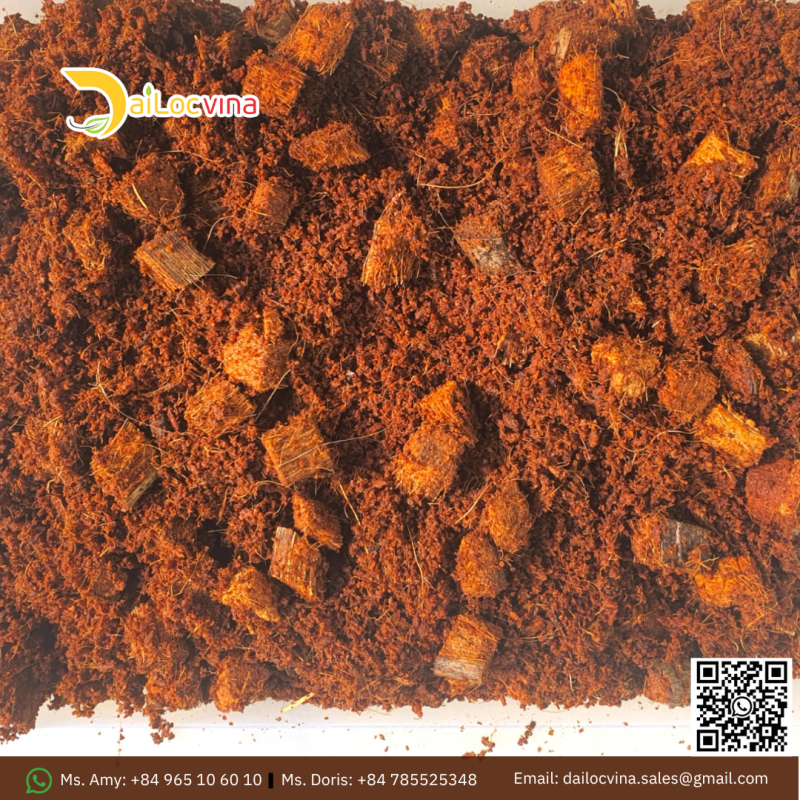
For example, using a mix of 70% coco peat and 30% coco husk chips can be beneficial for plants that require well-draining soil with good water retention, such as succulents or cacti. This combination allows for adequate aeration, prevents waterlogging, and provides the necessary nutrients for optimal growth, resulting in healthier and more vibrant plants.
4. How the addition of coir fiber to coco peat mixes can improve aeration and root development in plants
Coir fiber is a natural material derived from coconut husks that is often added to coco peat mixes to enhance aeration and promote healthy root development in plants. When incorporated into the soil, the coir fiber helps to create air pockets that allow for better oxygen circulation around the roots, which is essential for plant growth. Additionally, the fibrous texture of the coir fiber helps to improve soil structure, preventing compaction and allowing roots to penetrate easily. Overall, the addition of coir fiber to coco peat mixes can greatly benefit plants by promoting strong and healthy root systems.
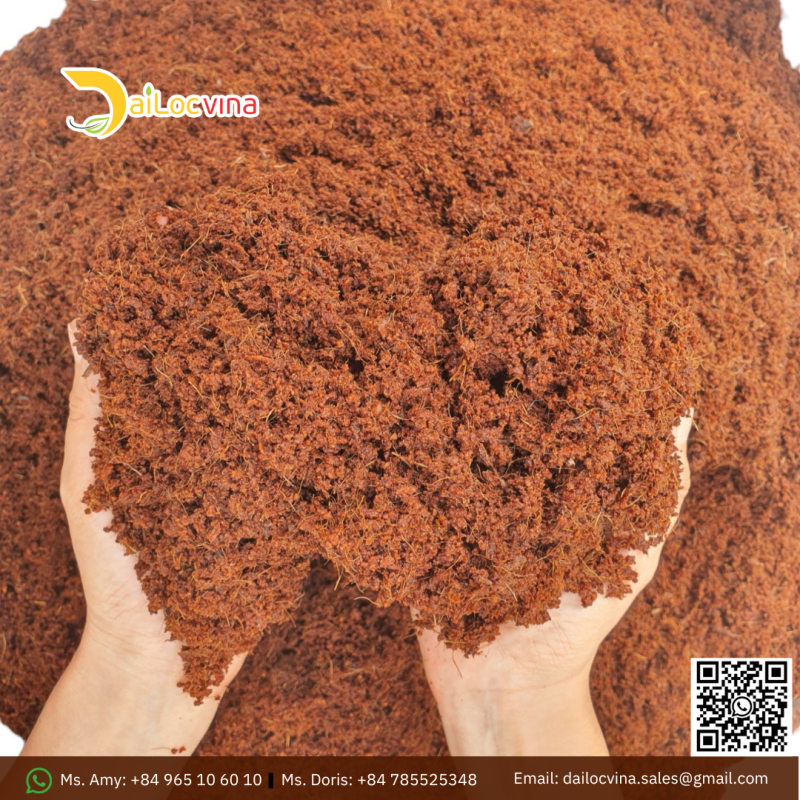
5. Comparing the effectiveness of various types of coco peat mixtures for different types of plants or growing conditions
This research could provide valuable insights into how different combinations of coco peat and coir fiber affect plant growth and development, helping farmers and gardeners make more informed decisions about which mixtures to use for their specific needs. By understanding how these materials interact with different plant species and environmental conditions, we can optimize the use of coco peat mixtures to maximize plant health and yield. In conclusion, further studies on the benefits of coir fiber in coco peat mixes could lead to advancements in sustainable agriculture practices and improved crop production.
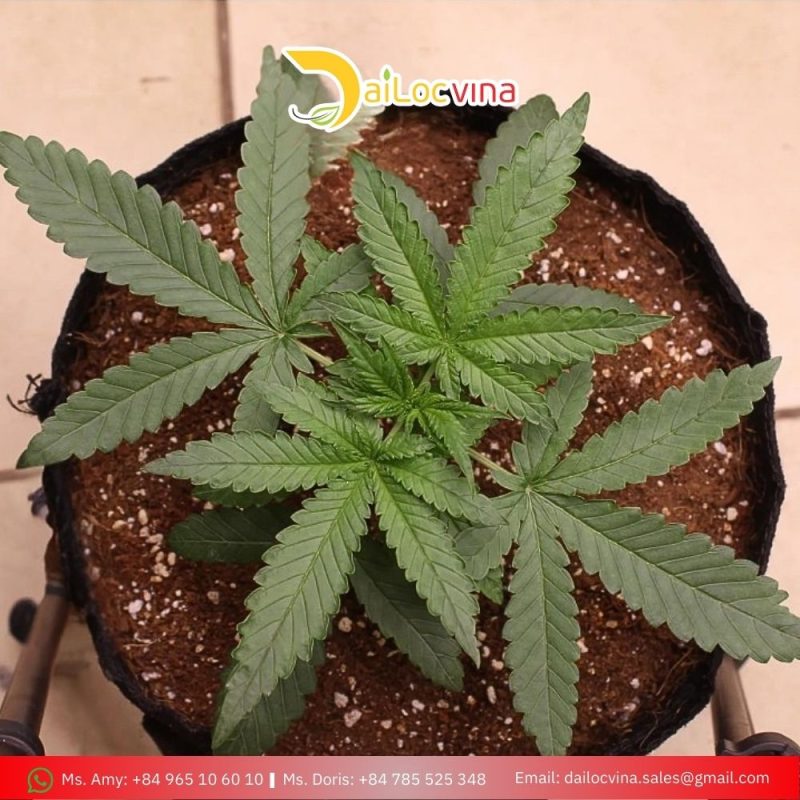
While studying the effects of coco peat and coir fiber mixtures is important for optimizing plant growth, it is also crucial to consider other factors such as nutrient availability, water retention, and pH levels in the soil. Additionally, the cost effectiveness and scalability of using these materials in large-scale agriculture should also be taken into account when determining their overall impact on crop production.
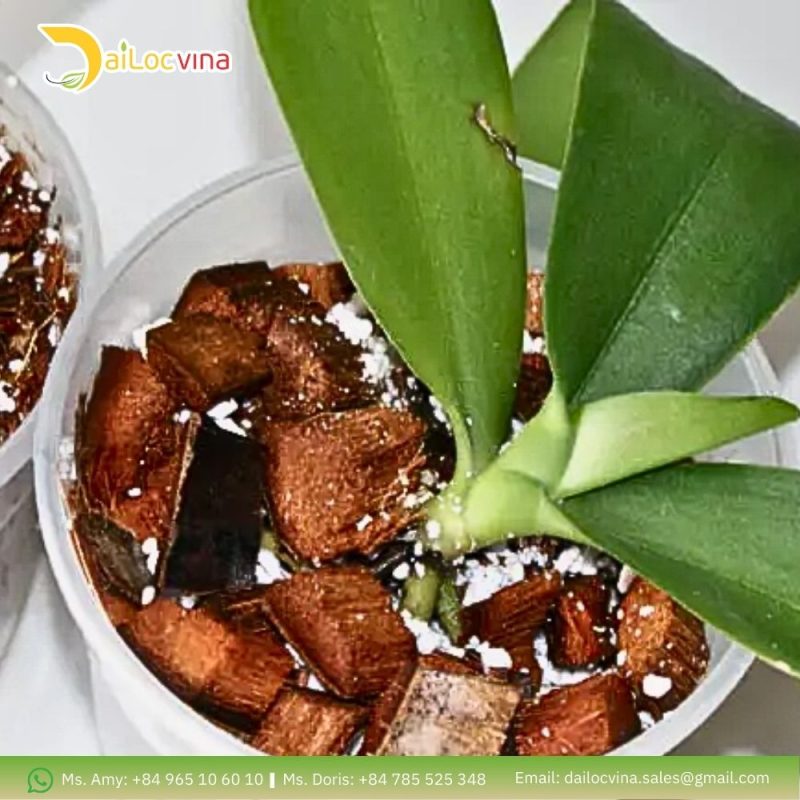
A detailed counterexample to this conclusion could be a study that found that while coir fiber in coco peat mixes may improve plant growth in some cases, it can also lead to nutrient imbalances and hinder the growth of certain crops. Additionally, the high cost of importing coir fiber and processing it for use in agriculture could make it financially unsustainable for large-scale farming operations, ultimately limiting its potential benefits for crop production.
6. Tips for properly preparing and mixing coco peat with perlite, husk chips, or coir fiber to create a balanced growing medium
It is important to properly hydrate the coco peat before mixing it with other materials to ensure that it is evenly distributed. Additionally, incorporating perlite can help improve drainage and aeration, while husk chips can add structure and stability to the mixture. Coir fiber, on the other hand, can enhance water retention and provide additional nutrients for plant growth. By following these tips and experimenting with different ratios, farmers and gardeners can create the perfect coco peat mixture for their specific needs, leading to healthier plants and increased yields.
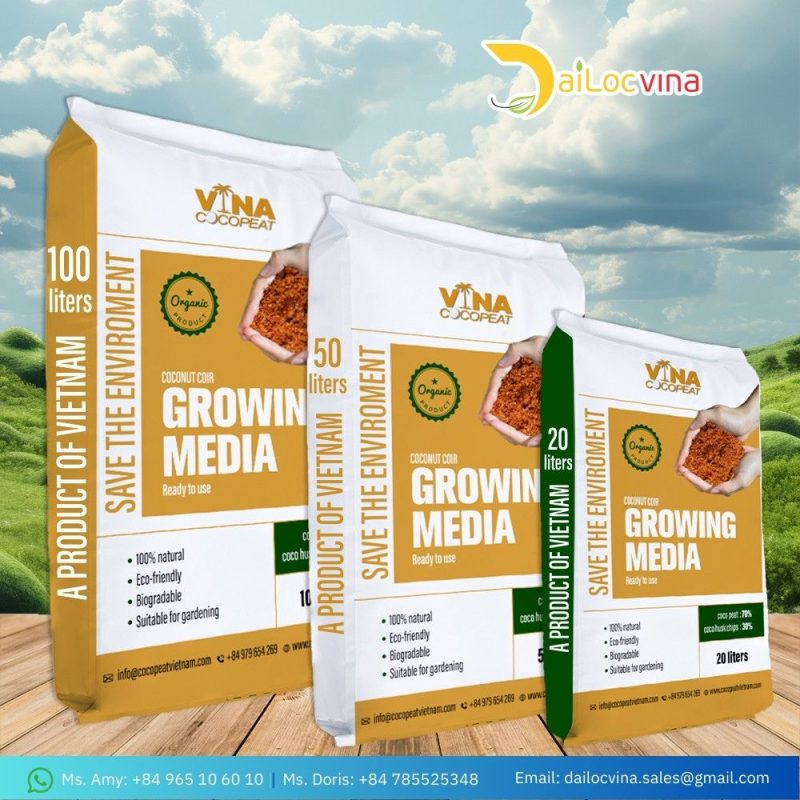
While it is true that proper hydration and incorporating different materials can improve the quality of the coco peat mixture, it is also important to consider the specific needs of the plants being grown, as different species may require different ratios and components for optimal growth. Additionally, overcomplicating the mixture with too many additives can potentially lead to nutrient imbalances or other issues in the long run.
If you have inquiry, please contact our team sales:
Mr Ryan (Vietnam): 84 938244404 (Kakaotalk, Wechat, Whatsapp)
Ms. Doris (English): 84 785525348 (WhatsApp/ Wechat)
Ms. Amy (English) : 84 965106010 (WhatsApp/Wechat/Kakao)
Ms.Lan ( 한국 영업 담당자 ): 84 969273598 | Kakaotalk ID: hoailan98
阮秀钗 (中文): 84 933320776 微信ID:TuTram1008
阮祥薇(中文): 84397317401 微信ID:Nttv0608
Website: https://cocohitech.com/ (English)
Website: https://kr.cocohitech.com/ (Korea)
Website: https://cocohitech.jp/ (Japan )
Youtube: https://www.youtube.com/watch?v=a0tXthbbHNw
